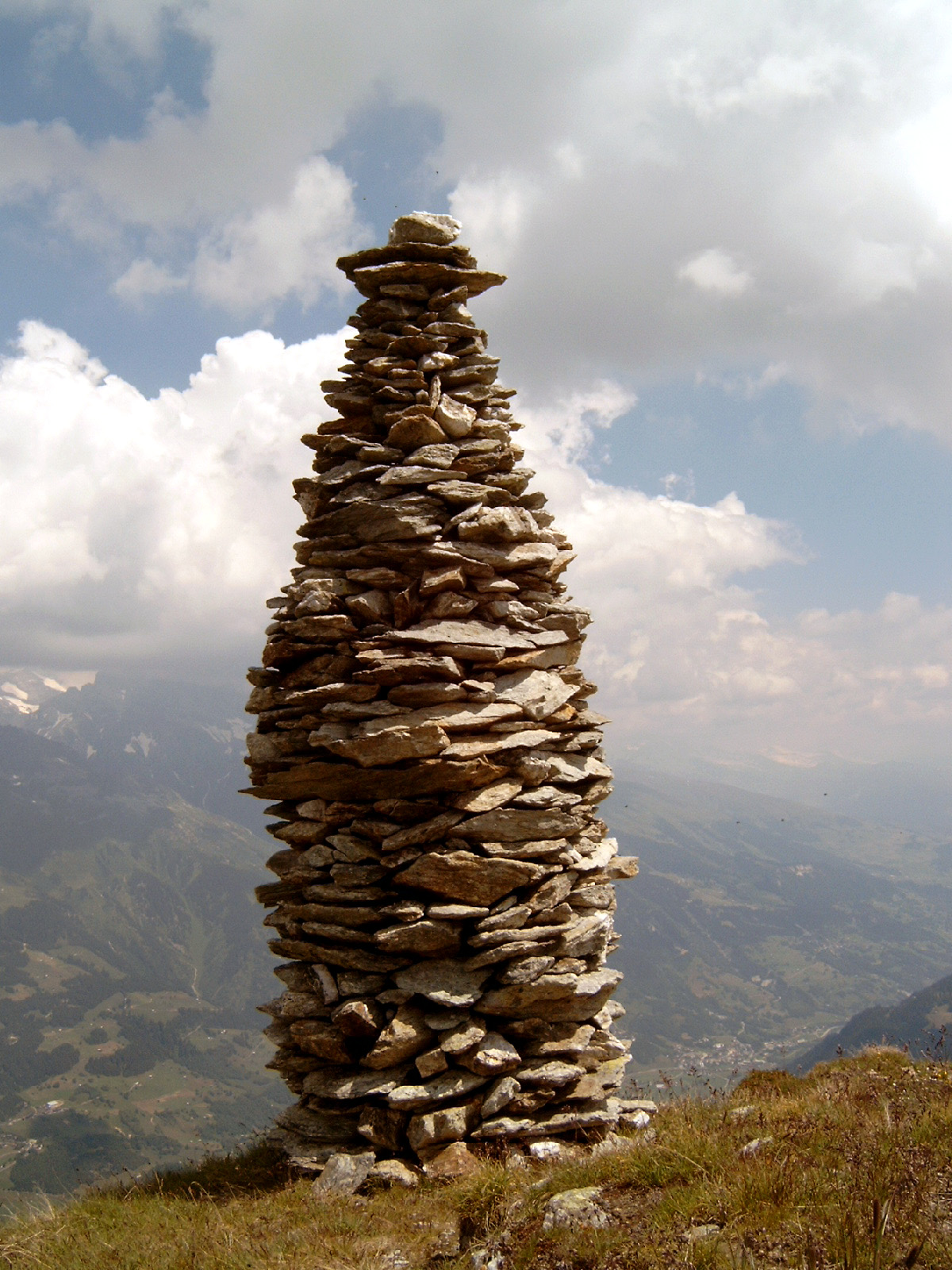Picture the scene: you’ve huffed and puffed your way to the top of the local trig point as part of your New Year’s resolution. While the view from the top is worth the effort, the summit of the footpath is also covered in loads of stacked rocks, or cairns. The word “cairn” comes from the Scottish Gaelic word meaning “heap of stones”. Despite featuring on all those hot-girl-walk Instagram accounts, what are they, and why are they there?
What are rock cairns?
Usually, these kinds of rock cairns are built to show hikers the way on particularly confusing routes; you can find them dotted all throughout famous trails like the Camino de Santiago. However, recently cairns have been popping up all over hiking trails, often in groups, usually by particular features or rest stops.
Cairns can foster a sense of community between those on the same path, and even help those with a less-than-brilliant sense of direction find the right route. However, the US National Park Service suggests that the ornamental ones can confuse those not familiar with the area, often leading people down the wrong path. The practice of building cairns goes against a key principle of being out in the natural world: Leave no trace.
If you move a rock from one place to the next you may have inadvertently disturbed the home of a tiny critter living beneath it. Moving stones can also contribute to soil erosion or destroy the delicate microhabitats plants and animals need to survive. Also, moving a rock to add to the top of a cairn could cause the whole thing to come down, rather defeating the object.
Those on the other side of the coin suggest that cairns are beneficial, as they keep hikers on the right track, preventing people from getting lost and trampling over protected areas. However, the number of unauthorized cairns has increased so much that the US National Parks Department suggests walkers are becoming confused by the would-be navigation signs. Those planning to do lots of hiking should always carry wayfinding tools such as GPS or maps to navigate.

A cairn at Graubünden, Switzerland.
Where do rock cairns come from?
Cairns are thought to have been started by Waldron Bates, who was the lead author of an island path map published in 1896. He was devoted to the maintenance of hiking trails and wrote a handbook to establish standards of how things should be done. He also established how cairns should be built in a style now known as the Bates cairn, quite different from the simple stacks we see today.
While you might think that building a rock cairn is harmless fun, take into consideration that the National Parks across America received over 297 million recreational visits in 2021 – that is a whole lot of potential for damage even if every visitor was to move just one stone.
What should you do if you see a rock cairn?
So what should you do if you see a rock cairn? Well, the advice from the National Parks Service is to leave them well alone – no tampering, building, or adding to existing ones. Don’t be tempted to kick them over either. If that won’t convince you, maybe the law will: the practice of moving the rocks could be seen as vandalism, which is illegal.
An earlier version of this article was published in January 2023.
Source Link: The Reason You Shouldn’t Stack Rocks On Hikes And What To Do If You See Them